Nowadays everyone wants to have an eCommerce store of their own. Why they wouldn’t? It’s not rocket science anymore because starting an eCommerce store is super easy and fun.
This entire process seems fun and games until you realize that you have already made some mistake. These mistakes cost you way more than losing actual money while starting an eCommerce store.
This happens only when you don’t get proper instructions. To be honest, everyone will tell you what to do but not everyone will tell you what not to do. But, It’s okay. We understand your position and we’re here to help you out.
This is a small guide for you to make your eCommerce store launching journey smooth in 2023.
So without further ado, here are the 9 most common mistakes that entrepreneurs make while starting an eCommerce store.
Mistake #1: Choosing the Wrong eCommerce Platform
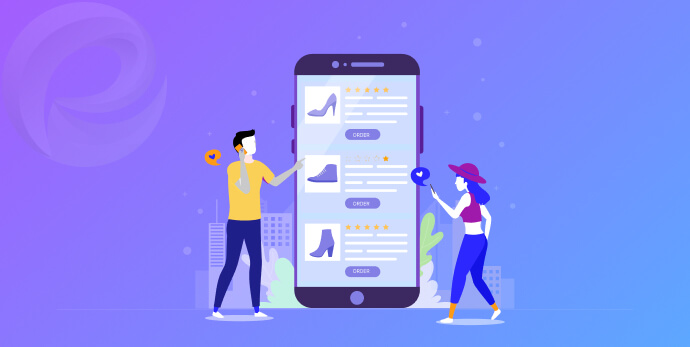
There are so many eCommerce platforms available nowadays. Some of them only provide the most basic features and do not always provide the option to upgrade.
Needless to say, Every platform has substantial variations among them. They may initially look appealing to you but then surprise you with hidden fees. This makes them more expensive than platforms with an upfront fee.
The ideal eCommerce platform will scale with your business plan and provide the features you’ll require as you grow. For instance, you may concentrate on B2C today and B2B in a few years.
On this note, WooCommerce is the right platform out of all the eCommerce platforms out there. It’s free and there are numerous extensions for it to power up your online store.
The biggest flex of WooCommerce is you can use it for both small and large businesses. You can add limitless functionality which makes it a future-proof platform.
You’ll have all the controls of your store and you don’t have to worry about any additional fees. You only pay when you want to make your store super functional and full of features.
Don’t fall inside a loophole researching the best eCommerce platform if you are just starting. Because if you thinking of doing business, then there is no better alternative than WooCommerce.
WooCommerce is compatible with all kinds of businesses and will support your business’s growth. To scale your WooCommerce business up & running, you may check our WooCommerce extensions to enhance your store functionalities.
Mistake #2: Failing to Identify a Specific Market to Target
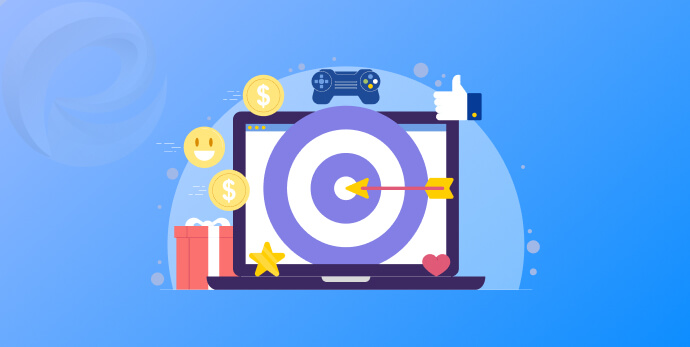
Your chosen market segment will guide many of the business decisions you make as the owner of an eCommerce/WooCommerce store. What specific resources do you need to serve a specific niche? Who are the major competitors in this right now? How up-to-date is this niche? Is there a key to making it big?
Without knowing the answers to these questions, you could be gambling with your time, money, and reputation. The only way to make wise decisions is to have all the information possible at your fingertips.
Prioritize your efforts if you have a good idea of who you are trying to reach early on. You could start doing search engine optimization (SEO), keywords, keyword research, competitor analysis, and social media accounts. You’ll get ideas and perform an in-depth analysis of the niche you intend to enter.
Failure to conduct target market research on your niche will cause you some serious issues with your eCommerce business ideas. These issues may cause or hinder marketing efforts and product development, duplication of offerings, and ineffective communication.
Mistake #3: Failing to Provide a Great User Experience

The success of your online store hinges on the satisfaction of your customers. It is crucial to get the design of your eCommerce/WooCommerce store correct as it impacts conversion rates and search engine rankings. The products you offer must be readily accessible to potential buyers.
Product categories help visitors find the content they’re looking for on your eCommerce/WooCommerce store. They can also make people look at things they weren’t searching for, which can boost your business’s revenue. If they have to dig around or waste time scrolling through irrelevant products, they will simply leave your store.
When we’re talking about the categories and different layouts, your store’s navigation should get a lot of attention. Customers should easily find information on how to contact you, how you handle returns, and so on. Even though your online store features some outstanding products.
A poorly designed eCommerce/WooCommerce store makes it more difficult for customers to shop, browse, and buy items. If your digital product’s design is unappealing, potential customers may form a negative impression of your company and look elsewhere.
Hiring a professional web designer will help you avoid this error. Create a store that is more engaging for your intended audience and provides a better overall experience for store visitors. Put money into professional-grade visuals, and extensively test the store’s navigation, checkout, and other features before launch. Keep an eye on it regularly afterward to catch any problems.
We have a brief instruction-based article on how to provide a great user experience. Hope you would check that out.
Mistake #4: Having Trouble Identifying Your Demographic
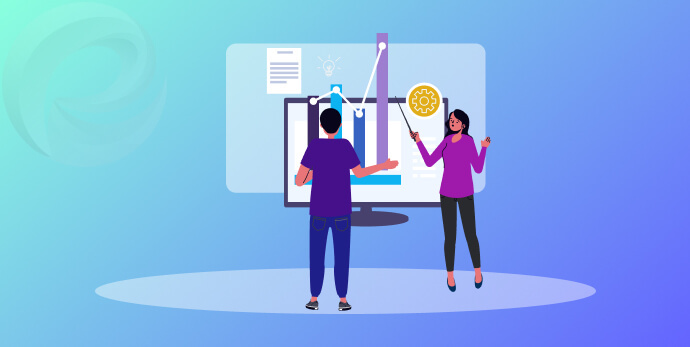
It’s not realistic to expect sales unless you’ve done extensive research on your products and your market. To encourage target customers to make purchases, try imagining themselves as your target audience. Think about the possibilities that would most appeal to them.
What exactly do they require at this point? Why do they spend the money that they have worked so hard to earn? How do you know what kind of words and messages they respond to?
How can you expect to make any progress if you don’t even know who you should be directing your efforts? People from different parts of the country may have different priorities and interests. Some demographic groups, like young people or college students, may respond positively to more conversational language or lower prices.
When you have a solid understanding of the audience that you are attempting to attract, it is much simpler to direct your products, digital marketing messages, brand voice, web copy, and any other form of communication to the appropriate individuals.
Mistake #5: Failing to Pilot a Minimum Viable Product

Any business must ensure that they have a minimum viable product (MVP). If you are unfamiliar with the term, it refers to the goal of launching a product with just enough functionality to meet the needs of early adopters while maintaining a competitive position in the market.
Another way of saying this is that you require a product that does what it claims to do. Rushing into the market before ensuring that your minimum viable product is sufficient can cause you to lose money, time, and momentum. No fun!
A minimum viable product (MVP) allows you to quickly get your product into the hands of early adopters and beta testers so you can iterate based on their input. If you put your product through its paces in this way, you’ll know if it has what it takes to make it in the marketplace.
Customers’ preferences and product flaws can be better understood through testing. Which features are not well received can also be uncovered through testing. One of the biggest mistakes eCommerce or WooCommerce store owners can make is ignoring this feedback, which is arguably the most helpful information they can get when planning for their product’s success.
Mistake #6: Failure to Compile an Emailing List Before Releasing Products

The importance of establishing a mailing list in advance of starting an eCommerce store cannot be overstated. Losing out on early sales momentum and brand awareness can put a damper on or even halt development.
Offering freebies, early access to products, exclusive content, or a free download is a great way to get people on your mailing list before you even have an online store up and running. You can start collecting email addresses from potential customers with just a landing page and an opt-in form.
Perhaps you’ll want to ensure the success of your pre-launch campaign by including a sharing incentive, like a bonus for referring new subscribers. If you don’t know where to start with email marketing, services like Mailgun, and WP Mail SMTP provide built-in tools for making opt-in forms and landing pages with unique custom URLs.
Mistake #7: Not Having a Marketing Strategy
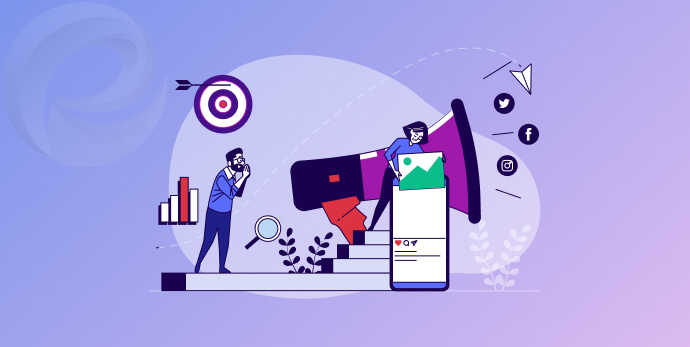
You don’t want to be blindsided by the idea of advertising when you first launch your online store. If you do not have a marketing plan in place before you release your products, you can anticipate that the launch of your product will be more chaotic, less efficient, and less successful than it otherwise would have been.
It is important to keep in mind that in addition to starting your eCommerce store, you will also be releasing a series of quality products. For any of these products to be successful, they will need to be meticulously planned out and marketed.
Bear this in mind as you move forward with the process of putting your store live on the internet. It takes time to locate influential bloggers, social media users, and YouTubers who are willing to provide early testimonials and reviews of your products.
Once you have located these individuals, it then takes time to cultivate relationships with those individuals.
In making a marketing strategy, doing some sort of reverse engineering can give you a new outlook and point you in the right direction. Decide on your objectives, and then break them down into actionable steps that you can refer to before, during, and after launch.
This will prevent you from wasting time and effort guessing or making hasty decisions that could have been planned for in advance. In the end, this will prevent wasted effort. Doing so will end up saving you a ton of time and effort in the long run.
Mistake #8: Being Absent From Social Media Platforms
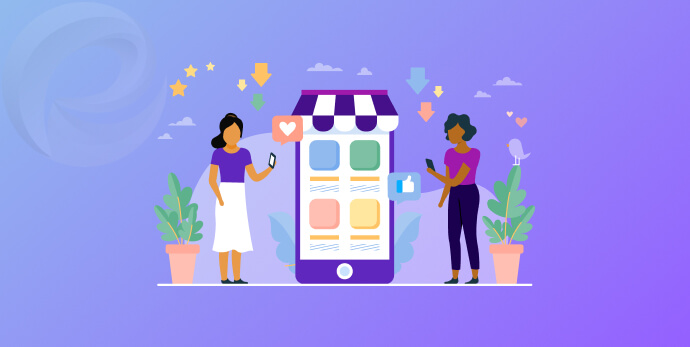
We’ve already talked about how getting customers to trust you is important for selling anything, but it’s especially important before opening a new eCommerce store. An up-to-date social media presence (or even just a presence) can go a long way toward convincing potential customers that your business is legitimate.
It’s common knowledge that social media plays a significant role in the marketing and sale of digital products due to the social proofing function it performs. As such, it is the only way to assure buyers that their product is authentic and of high quality. Unfortunately, few people are willing to risk their own money as guinea pigs.
As a first step, it is recommended to start keeping active profiles on social media platforms like Facebook, Twitter, and Instagram. After all, Facebook is now the virtual equivalent of a phone book. Building your authority and a following of people who are already interested in your products and marketing messages takes time and effort, but it can be well worth it if you put in the work in advance to post content that is useful or interesting and interact with your target audience. You can do this by putting up content ahead of time.
Mistake #9: You Have Branding Issues
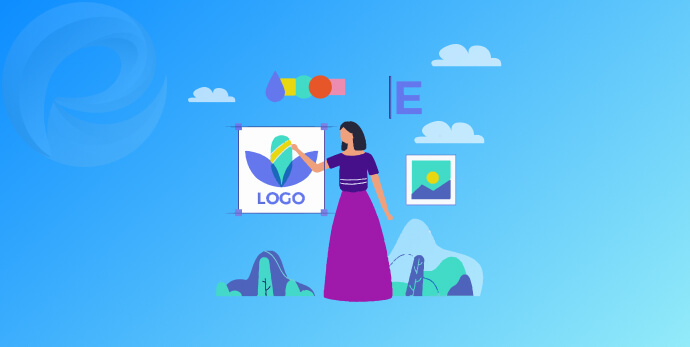
Last but not least, if the branding of your eCommerce/WooCommerce store is insufficient or inconsistent, it may give off an impression of unprofessionalism, cause customers to become confused, and ultimately discourage sales.
Before you start opening your eCommerce store, check to see that all of your social media accounts, as well as your store, have graphics, copy, and other elements of branding that are consistent with one another.
The images that are created for specific platforms (and the aspect ratios that are designated for use on those platforms), signature tag lines, logos, and language that is specific to the brand all need to be consistent.
A customer may be hesitant to purchase from your company if your branding is inconsistent because they are unsure if they are in the correct location or if your brand is authentic.
Your business is the reflection of your desired attitude, atmosphere, and value perception. If you don’t give this some thought, you might miss out on the chance to increase your revenue, growth, and brand presence by capitalizing on the trust and confidence that your customers have in your brand.
If you want your visual message to be understood, you must do more than just talk about what you have to offer. To provide a memorable and satisfying experience for your target audience, you want them to instantly recognize your brand. They might doubt your sincerity and back out of your promises if they get mixed messages from you.
Most Common Mistake Practices to Avoid While Opening an eCommerce Store
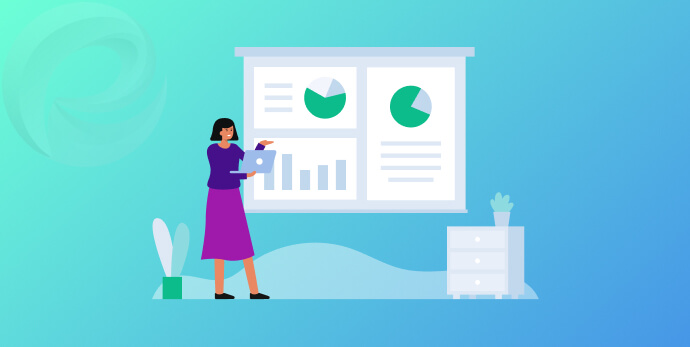
Poor Product Pricing
Setting prices that are too low or too high for the products you sell is a serious threat to the success of your eCommerce store. You might have an edge over the competition if you underprice your products, but you might not make enough money to fund future growth if you do.
However, if your prices are too high, customers will refrain themselves making a purchase. Even if you’re offering an invaluable product; if they do make a purchase, they may come to regret it.
Before opening up your store, it’s best to do some market research on pricing, and then adjust your prices as needed until you find the sweet spot for your company’s profitability.
Ignoring Compliance Regulations
If you operate your business without the necessary authorizations, you expose yourself to potential fines and penalties in the future. Before starting your business, it is crucial to ensure that you are in compliance with all applicable laws and that you have obtained any necessary licenses.
As regulations governing online stores or eCommerce stores may vary depending on location (even something as simple as selling CBD products online may require a valid license in some regions).
It’s also possible that the payment gateway you use will have its own rules. Something like requiring proof of age or charging sales tax. In addition to monetary penalties, the payment processor may suspend or terminate access to its services for violations of these guidelines.
Failure to Perform Sufficient Testing
If you launch an eCommerce store without sufficient testing then you might get some unpleasant surprises. You could see broken pages, sluggish load times, and payment procedures that don’t work properly.
Before you release the store to the public, make sure that all of its features have gone through exhaustive testing. This will ensure that there are no bugs that will affect the quality of the user experience.
Additionally, it is essential to ensure that your checkout process is secure. This way your customers can confidently input their payment details into your system. Otherwise, they may not feel comfortable placing orders with your company.
This allows customers to input their payment details with complete confidence.
Not Using Analytics Software to Assess Performance
To improve and expand your eCommerce store’s business after its launch, monitoring key performance indicators is essential. But if you don’t use analytics software like Google Analytics, you won’t know how much traffic you’re getting from where, how well your content and ads are converting visitors into buyers, or how easily your store is navigated by your target audience.
Investing in comprehensive analytics software that can help you break down metrics is crucial if you want to make data-informed decisions about your company’s future.
Wrap Up

Mistakes are natural and expected; nobody is perfect. However, the most common blunders can be avoided, greatly increasing your chances of success. We trust that the advice we’ve given above will help you be as ready as possible for starting your store.
In this article, we have shared the most typical errors made by store owners for ensuring that you don’t repeat those mistakes yourself. Besides, you can consult with other eCommerce/WooCommerce store owners and check out online forums to see what people are saying about improvements.
If you’ve already launched your eCommerce store on a platform that can’t support your expanding business, you may want to think about making the switch to WooCommerce. Don’t forget to check out our market-leading WooCommerce plugins.
That’s all for now, until next time. Adios!
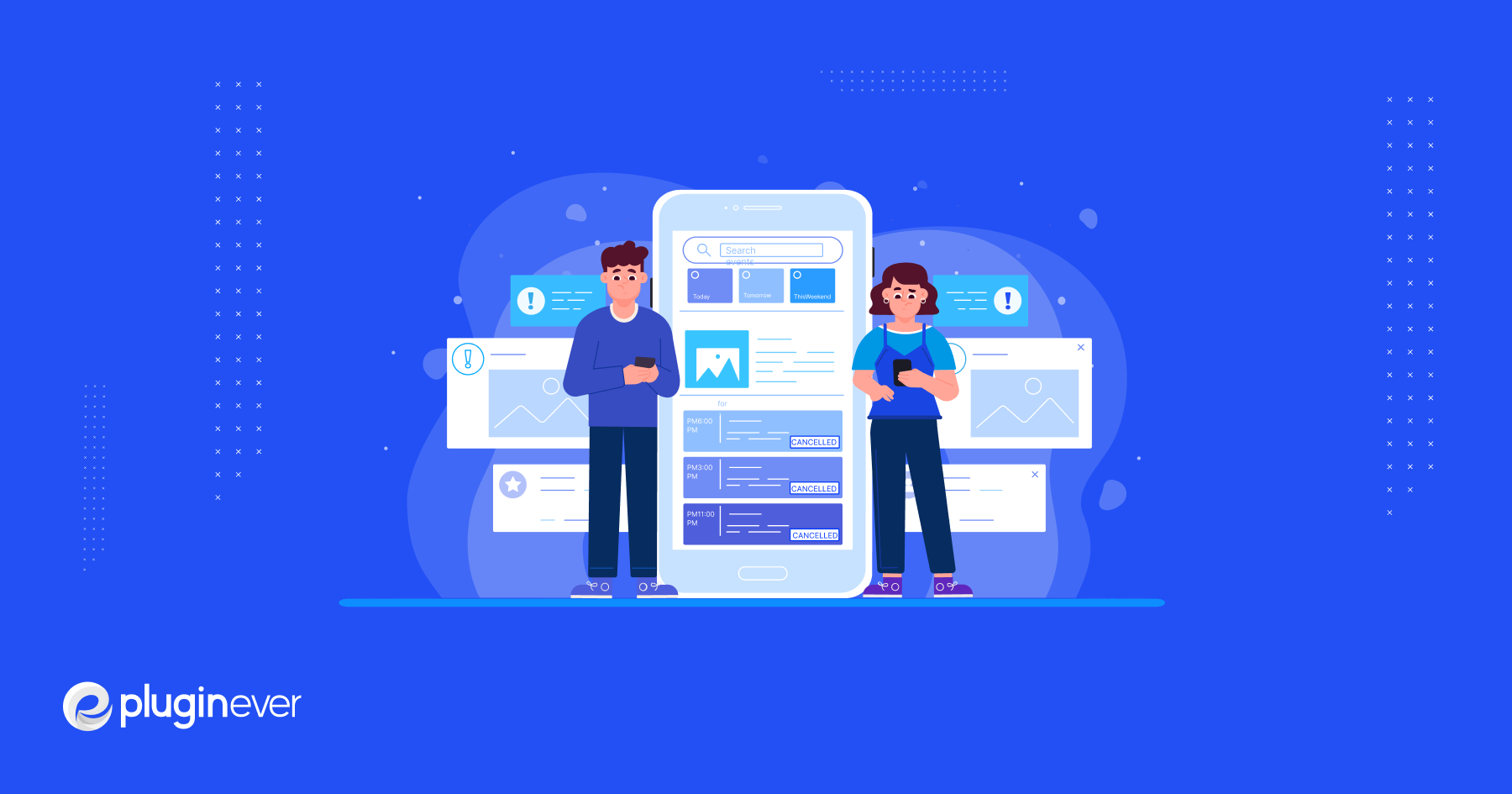
Leave a Reply
You must be logged in to post a comment.